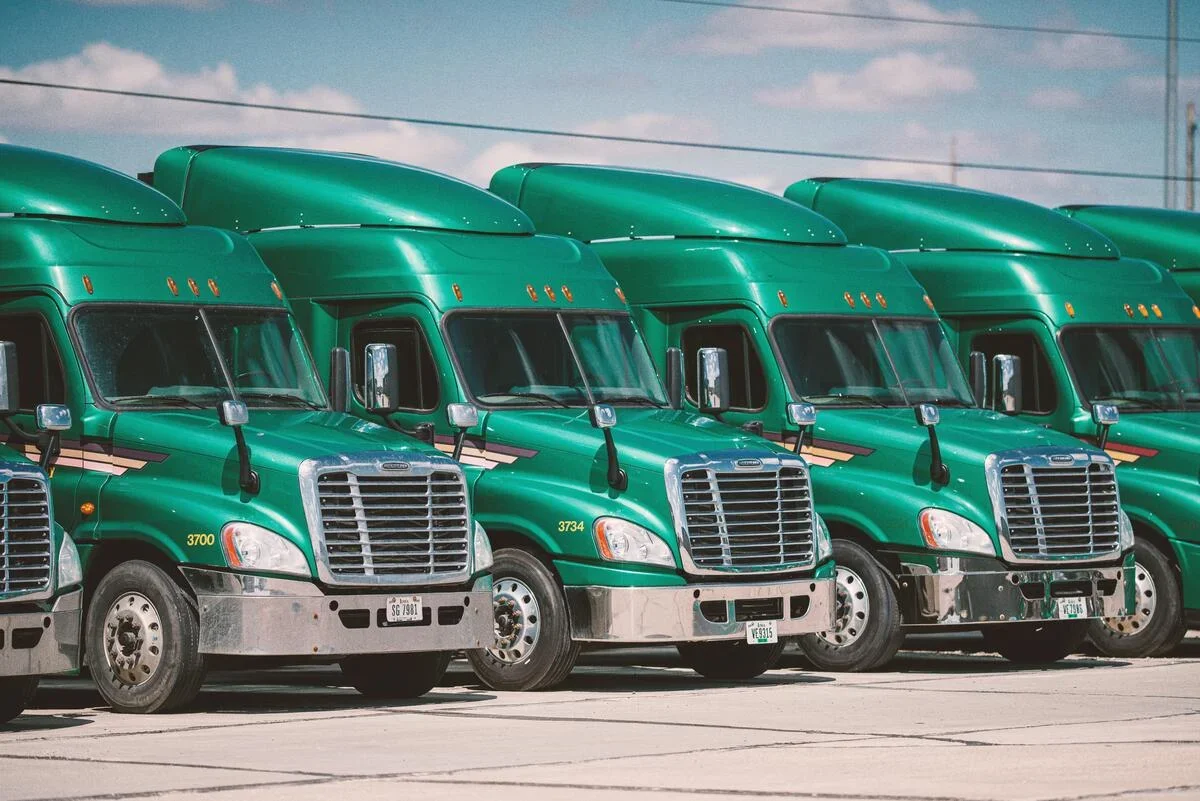4 ways protective, greenhouse gas standards can benefit heavy-duty fleets
A paradox has become evident through many of my recent discussions and projects with fleets: while fleet managers have more tools at their disposal than ever before, the ambition of their efforts has grown significantly, too. Thus, it can feel as challenging as ever to make progress on reducing pollution from trucks at a pace that meets the urgent health and climate imperative we all face.
Fleets know they need to drive toward a zero-emission future. Yet, there is no one-size-fits-all pace, and there are as many paths as there are fleets. But long-term, performance-based medium and heavy-duty emission standards can help.
This spring, the U.S. Environmental Protection Agency proposed a new generation of greenhouse gas emission standards for heavy-duty vehicles sold between 2027 and 2032 — and they are slated to be finalized by year’s end. These standards have the potential to help fleets plot their zero-emission path by:
- Supporting fleet sustainability goals: Many leading fleets have set goals for reducing emissions, including transitioning to zero-emission solutions. Long-term emissions standards support fleet efforts to achieve these goals by enabling truck manufacturers to focus their investments to develop new, cleaner vehicle models that will meet fleet needs while producing significantly fewer emissions.
- Expanding choice: For fleets that operate nationally or across regions, national emission standards are especially critical. These standards help ensure that fleets have access to the cleaner vehicles they want everywhere they operate. Truck manufactures need to meet these standards on a national basis.
- Saving fleets money: Long-term greenhouse gas standards drive down costs for fleets by creating the production scale manufacturers need to cost-effectively introduce advanced technology solutions into the market. The vehicles coming into the market are also less expensive to operate because they are more fuel-efficient or use low-cost fuel sources, such as electricity. Further, there are several financial incentives contained within the Inflation Reduction Act that fleets will be able to leverage over the timeframe of the proposed EPA standards.
- Supporting infrastructure investments: The certainty that long-term standards provide are critical to unlocking infrastructure investments — be it through grid upgrades needed to charge truck depots, hydrogen-fueling stations or other options for meeting these standards. The certainty that manufacturers will have to bring cleaner vehicles to market in a significant scale over the coming decade will enable third-parties, such as utilities, landlords and truck stop owners to justify their own investments to service the changing needs of fleets.
These greenhouse gas standards are built on past successful EPA programs
Previous generations of these standards have delivered great benefits to the trucking industry. The first greenhouse gas standards went into effect in 2014 with a second generation going into effect in 2021. Like the new standards currently under consideration, these previous standards have been technology-neutral and performance-based.
Manufacturers can mix and match the technology packages on their trucks to achieve these standards with vehicles that customers want. The previous generations of greenhouse gas standards have been a huge success and driven average heavy-truck truck efficiency from around 5 to 7 MPG or more, while saving trucking fleets $170 billion over the life of these vehicles.
Reflecting the significant benefits of these programs, major manufacturers, fleets and trade groups all applauded these standards, including Fed Ex, PepsiCo, Walmart, Cummins, Daimler Trucks North America and the American Trucking Associations.
The proposed greenhouse gas standards can deliver massive benefits for industry, too — and deserve similar support.
4 ways protective, greenhouse gas standards can benefit heavy-duty fleets Share on XA critical moment for fleet support
Whether it is to meet climate goals, expand choice, save money or help smooth the path to a zero-emitting future, fleets have an important stake in — and will benefit from — EPA’s greenhouse standards. But fleet voices have been less prominent in this rulemaking.
Unlike the previous generations of this program when fleets shared their concerns and needs from a new generation of standards — significantly shaping the design of the final program — individual fleets have largely stayed on the sidelines this time around. Thankfully, it’s not too late for fleets to engage.
While the comment period for these regulations has ended, there is still time to make your voice heard. Please reach out to me with any questions about the EPA program or how your fleet can become a constructive voice in this process. I also invite you to join my upcoming webinar to learn more about how the greenhouse gas standards can benefit your fleet.











